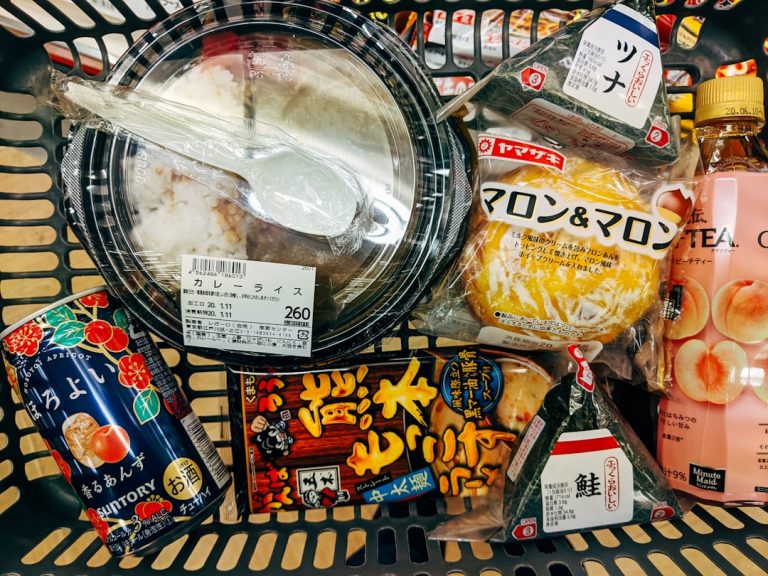Let me paint you a picture: last month, as I squinted at my grocery receipt, the grand total of $287 mocked me. It felt like the universe was playing a cruel joke; how could such a small haul cost a fortune? Determined not to let my bank account bleed dry, I embarked on a mission. Fast forward four weeks, my grocery bills have shrunk by 40%, and my pantry has never looked fuller. No, I didn’t join the extreme couponers nor did I resort to a monotonous diet of rice and beans. It was all thanks to seven nifty strategies, with one in particular that turned my shopping world upside down.
In this era where food prices have soared by a staggering 25% since 2019 (thanks for the stats, U.S. Bureau of Labor Statistics), and a typical family of four shells out up to $1,311 monthly on groceries (cheers for the insight, USDA), slashing grocery expenditure is no longer just beneficial—it’s essential.
Here are the seven strategies that can significantly pare down your grocery expenses, with a special spotlight on Strategy #4, a true revelation in my shopping regimen.
1. **Reverse-Engineer Your Meal Planning**
Forget the conventional route of meal planning. Instead, let the sales guide your menu. This simple flip in approach can save you an average of 20% off your grocery bills. Just last week, Angela, a mom of three, raved about how switching to sale-based meal planning introduced unexpected variety into their meals, all while keeping more cash in her purse.
**Pro Tip:** Dedicate 15 minutes each week to peruse digital flyers for sales, especially protein, which usually eats up a chunk of your budget.
2. **Embrace The “Good Enough” Brand Downshift**
Brand loyalty can be pricey. Venturing into the world of store brands and generic goods could trim your grocery bills by about 25%. Michael, an avid reader, confessed that dropping down a brand tier on 80% of his purchases saved him a whopping $165 monthly.
**Pro Tip:** Start with pantry staples where the taste difference is negligible and gradually experiment with more prominent items.
3. **Master The Art Of Strategic Bulk Buying**
Bulk buying is a classic double-edged sword—it can be a wallet’s best friend or worst enemy. The trick is knowing what to buy in bulk (think non-perishables and freezer-friendly items) and what to skip (sorry, perishable luxuries).
**Pro Tip:** Keep a price book to track the real savings of bulk purchases.
4. **Harness The Power Of Cash-Back Grocery Apps**
Here’s the golden goose of grocery savings! While paper coupons are fading into obscurity, cash-back apps like Ibotta and Fetch Rewards are stepping up. By integrating these apps into my routine, I’m pocketing 15-20% of my grocery expenses back in cash. It’s like getting paid for shopping—can it get any better?
**Pro Tip:** Combine multiple cash-back approaches to maximize returns without altering your shopping habits.
5. **Implement A “Use It Up” Week Monthly**
This strategy is straightforward—skip grocery shopping for a week and use up what’s in your pantry and freezer. It’s a killer method to curb food waste and save a pretty penny—Carlos saved about $180 monthly!
**Pro Tip:** Maintain an inventory to prioritize the use of older items, and get creative with substitutions.
6. **Adopt Selective Seasonal Shopping**
Sync your grocery list with the seasons. Buying produce in its peak season can slash the cost by up to 50%. Michelle swears by this approach, noting it not only cut costs but also boosted their fruit and veggie intake.
**Pro Tip:** Learn basic freezing techniques to extend the shelf life of seasonal buys.
7. **Practice “Need-Zone” Shopping**
The layout of grocery stores is a psychological trap, luring you into unplanned purchases. By sticking to a zone-based shopping list and avoiding unnecessary aisles, Robert slashed his weekly grocery expense by $60 and halved his shopping time.
**Pro Tip:** Use a basket instead of a cart to physically limit impulse buys.
**Combining Strategies For Maximum Impact**
Implementing these strategies concurrently isn’t just about saving pennies; it’s about a lifestyle overhaul that freed up a significant portion of my budget. Personally, I kick-started my savings journey with cash-back apps and gradually integrated the other tactics. The result? A whopping annual saving of $5,280!
**Your Action Plan For Lower Grocery Costs**
Start with downloading cash-back apps. Then, ease into sale-based meal planning next week. Schedule your first “Use It Up” week within the month, and begin testing one alternative brand per shopping trip. Within three months, fine-tune your need-zone shopping strategy and embrace seasonal buying.
Remember, the aim here isn’t perfection but consistency. Even adopting a few of these strategies can carve out more room in your budget, allowing you to reallocate funds to other financial aspirations.
So, which of these strategies are you planning to try first?




